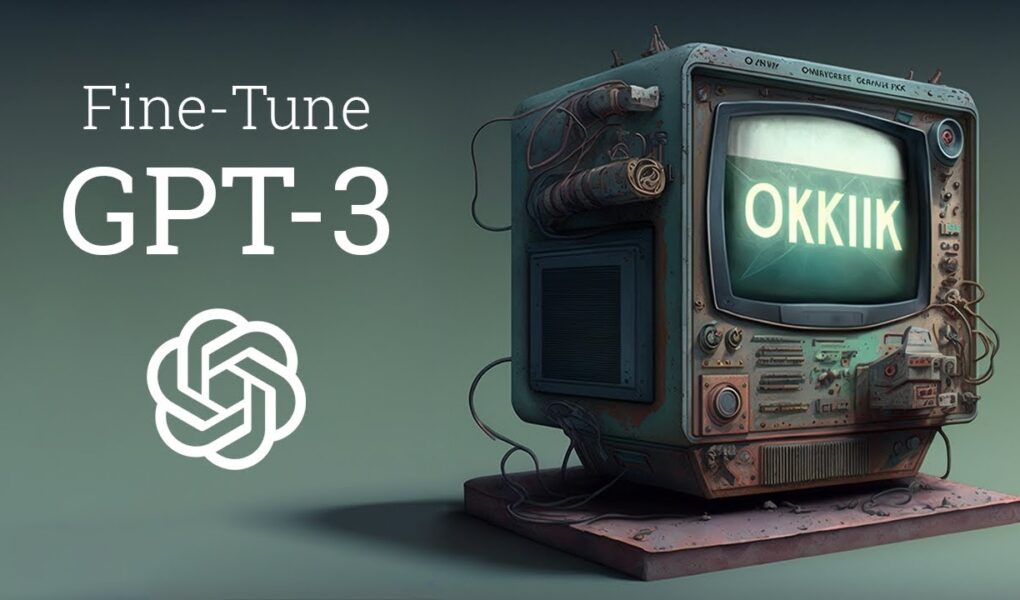CJ Gammon
A quick walkthrough of training a fine-tuned model on gpt-3 using the openai cli.
In this video I train a fine-tuned gpt-3 model on Radiohead lyrics so that it will generate a Radiohead song form the first line.
Documentation: https://beta.openai.com/docs/guides/fine-tuning
